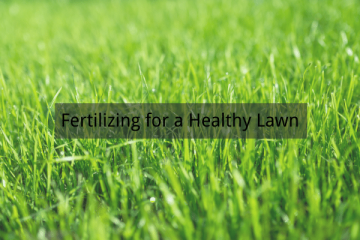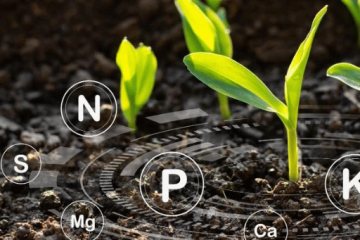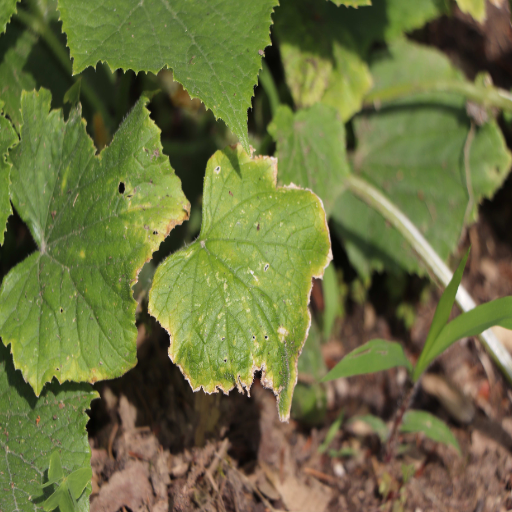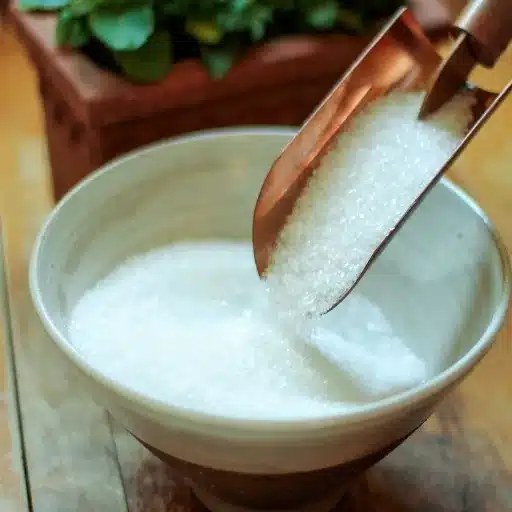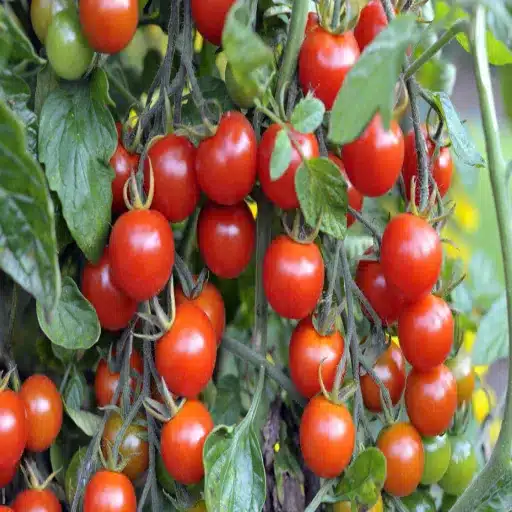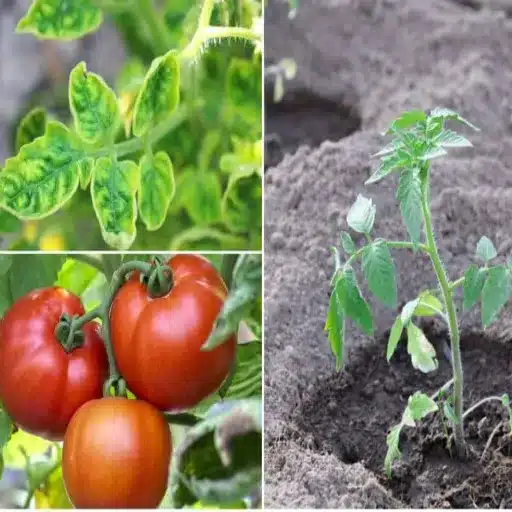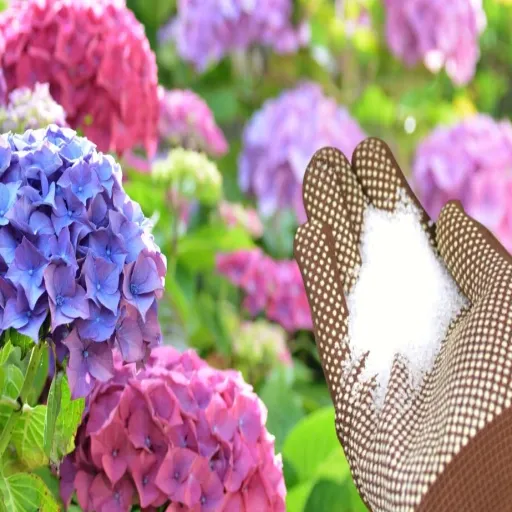Epsom salt, chemically known as magnesium sulfate, is commonly used in gardening to address magnesium and sulfate deficiencies in plants. While it can be a valuable tool in promoting plant growth and enhancing soil quality, the improper or excessive application of Epsom salt can lead to several adverse effects on plants and soil health. This article explores both the benefits of using Epsom salt under appropriate conditions and the potential consequences of over-application. By understanding the underlying chemical mechanisms and their impact on plant and soil systems, readers will gain a comprehensive perspective on how to use Epsom salt effectively without harming their garden. Through this detailed analysis, we aim to provide gardeners with actionable insights into maintaining a balanced approach to plant nutrition.
What Happens When You Use Epsom Salt in Excess?
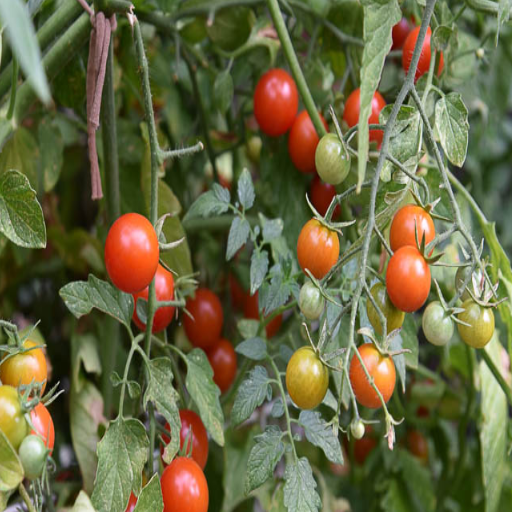
Effects of Much Epsom Salt on Plant Growth
Overuse of Epsom salt can heavily disrupt the soil and plant health balance. From my understanding, excessive magnesium sulfate concentration in the soil can impair the absorption of vital nutrients like calcium and potassium. Such an imbalance restricts the growth and development of the plant. For example, some cellular processes within plants are severely hampered by too much magnesium which is commonly referred to as magnesium toxicity. It is largely characterized by yellowing of the leaves (chlorosis), stunted growth, and other symptoms.
- Optimal Magnesium Levels: In plants, soil magnesium is best maintained at 50-120 ppm (parts per million). Values above or below this can cause toxicity and nutrient antagonism.
- Application Guidelines: Epsom salt is to be diluted at a rate of 1-2 tablespoons (15-30 grams) to one gallon of water for foliar sprays or per square foot of soil. Any more than this and the soil’s natural buffering capacity will be surpassed.
- Nutrient Ratios: For competitive uptake of the nutrients without soil deficiency, balanced ratios of magnesium and calcium should be maintained at 1:5 to 1:7
Simple mitigative measures with monitoring can be undertaken following the guidelines to ensure nutrition for the soil without the adverse effects of Epsom salt to ensure a more robust plant growth system.
Signs of Magnesium Sulfate Overuse
The over-application of magnesium sulfate within soil environments can create different observable signs. Primarily, too high magnesium levels may create a nutrient imbalance, which would inhibit the uptake of calcium and potassium, thus increasing the deficiency of those two essential macronutrients. Those plants that are suffering from such imbalances may show signs of chlorosis, stunted growth, and decreased flowering.
In addition, too high of concentration of magnesium in the soil may negatively affect the soil structural unit by increasing sodium retention because of cation exchange. This process compacts the soil and decreases aeration, which reduces root growth and water movement. A soil test diagnosis with magnesium to calcium ratio greater than one to three or magnesium saturation of a soil above twenty percent are indeed warning signs of overuse.
Finally, the excessive application of magnesium sulfate furthers the build-up of residual salts which causes the rise of magnesium-containing salinity. These are often seen as lowered germination of seeds and wilting of plants due to osmotic pressure. Within this, the monitoring of soil electric conductivity (EC) is crucial. An EC above 1.5 dS/m indicates salinity problems.
Potential Consequences on Soil Health
As revealed by soil tests showing an EC of more than 1.5 dS/m, the abuse of magnesium sulfate can injure soil health considerably by causing salinity stress. Higher salinity leads to an increase in osmotic pressure which lowers the water retention capacity of the soil subsequently hindering the plant’s ability to take in water. This may result in an increase in plant wilting, lowered seed germination chances, and ultimately impact agricultural productivity negatively.
Furthermore, a magnesium saturation level above twenty percent is detrimental to soil because it decreases its porosity and permeability which affects soil structure. This reduces the ability of water and air to infiltrate the soil, both of which are important for root growth and microbial activity. The salts left over after prolonged application of magnesium sulfate also compete for essential nutrients like potassium and calcium, leading to negligible intake and causing a nutrient imbalance in the plants.
- Electrical Conductivity (EC): Salinity work stressors which get caused have to be kept below 1.5 dS/m.
- Sodium Adsorption Ratio (SAR): Paring efforts between these two checks with magnesium levels works best because of the increased sodded areas that get caused by more SAR levels.
- Magnesium Saturation Percentage: Works best for keeping these levels a check and below 20% to mitigate structural plant damage.
By adhering to these factors and adjusting soil management practices accordingly, the adverse consequences of excessive magnesium sulfate application can be mitigated effectively.
How Does Epsom Salt Affect Soil pH?
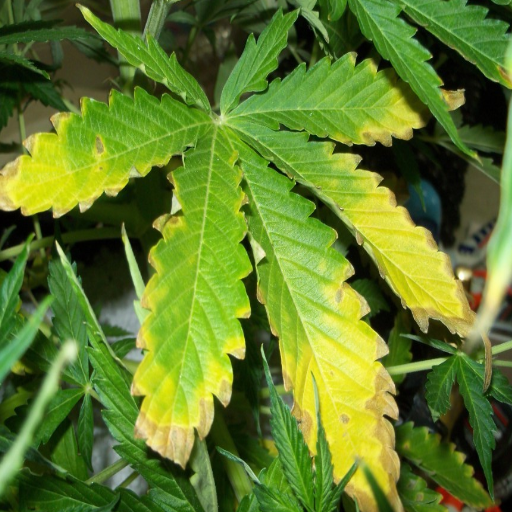
Understanding Soil’s pH Balance
The balance of pH is essential in soil nutrient and health aspects. Regarding how salt Epsom impacts soil PH, I would concern myself more with impacts rather than chemical composition noted magnesium sulfate MgSO₄. It is neutral and does not directly change PH. The initial conditions and buffering capacity of the soil would impact magnesium sulfate.
In case the soil is low in cation exchange capacity CEC, the dissolution of Magnesium sulfate saturated in CEC soils might yield minor results or no changes at all.
- Controls for soil pH: Take measures using standard soil testing techniques.
- Buffering Capacity: The remaining measure after analyzing soil composition changes could yield results regarding how Salt Epsom impacts the system.
- Soluble Magnesium Concentration: Used to analyze soil chemistry and eliminate factors that could indirectly change soil chemistry.
The effects of salt Epsom on soil pH can therefore be monitored. If alteration needs to be made to the pH balance, implements such as liming materials or Epsom acid can be integrated.
Interaction Between Epsom Salt and Soil pH
To understand the interaction between Epsom salt and the soil pH, it’s necessary to outline carefully:
- Baseline Soil pH Measurement: I would accurately measure pH by using a calibrated PH meter or test kit. Readings must be taken consistently at various depths within the soil to establish an average baseline value. Consistency is critical.
- Buffering Capacity Assessment: I would measure soil organic matter content to estimate the cation exchange capacity (CEC). A stronger CEC value indicates a strong buffering capacity, while lower levels suggest greater buffering toward pH shifts.
- Soil Magnesium Solubility Level: I would measure the concentration of the magnesium within the soil using an ammonium acetate extraction method, allowing me to determine whether the addition of Epsom salt (magnesium sulfate) causes overloading of the magnesium content.
With these meticulously gathered data, I will be able to understand the effects of magnesium on soil pH levels. If the results indicate that the pH should be raised, lime could be used, while compounds of sulfur could be used to lower it.
Adjusting Soil Conditions After Overuse
My first step would be to use a soil test kit to gauge the current nutrient profile and pH levels of the soil. From this, I can check if the magnesium levels are too high and if the pH is drastically altered.
- pH Level: The soil pH for the majority of crops should range between 6.0 and 7.0. I will test to determine if the application of Epsom salt has caused a shift in the pH optimum range.
- Magnesium Content: For an averagely fertile soil, magnesium level should ideally not exceed 25-50 ppm, and any level above or below this would pose a substantial imbalance in the soil structure.
- Cation Exchange Capacity (CEC): This is important in assessing the soil’s potential for nutrient retention, thus helping identify if the magnesium levels are high enough to dislodge other key elements like calcium or potassium.
Should magnesium content be elevated, the addition of elemental sulfur or gypsum can be used to lower magnesium levels while simultaneously adjusting pH. On the other hand, when the pH of the soil is lower than 6.0, the addition of lime (calcium carbonate) will help in increasing the alkalinity. These changes would depend on the particular test results and would comply with the soil amendment rates to increase efficiency, as set by agricultural policies.
Can Too Much Epsom Salt Cause Rot in Tomatoes?
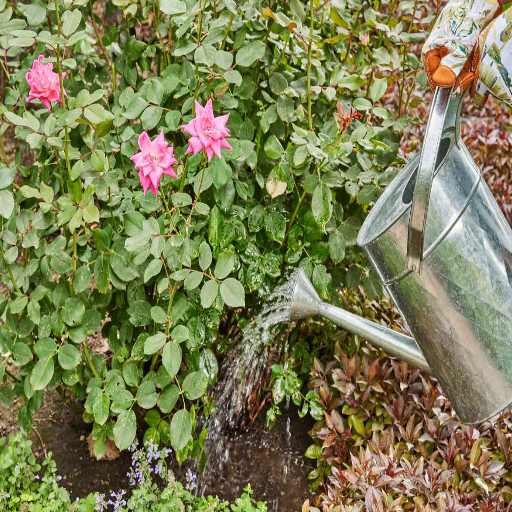
Identifying Symptoms of Excess Epsom Salt in Tomatoes
Applying Epsom salt that contains magnesium sulfate excessively can disrupt nutrient balance and lead to pronounced physiological stresses on tomato plants. Signs of overuse include:
- Interveinal chlorosis( yellowing leaves): Interveinal chlorosis results due to the excess of magnesium which affects calcium and potassium uptake.
- Blossom End Rot: Even though this is mainly due to calcium deficiency, excess magnesium from Epsom salts can aggravate this because it reduces the amount of calcium that can be absorbed.
- Reduced yield and Growth: An increased ratio of magnesium with other components, such as nitrogen, can hinder overall plant productivity and development which leads to stunted growth and decreased fruit yield.
The most important strategy to deal with those difficulties is regular monitoring of soil and foliar magnesium concentrations to identify and control its overuse. Judicious use of soil test results as a basis for applying nutrients prevents excess as well as deficiency. Hence there is no possibility of harming the crops due to neglecting the amount of crucial nutrients that need to be supplied.
Preventing Rot with Proper Care
Rot prevention for crops is best achieved through a thorough blend of agricultural methods, resource allocation, and chemical management which should all be calibrated to work cohesively to stave lumber decay. Preventative measures include the possibility of adequately draining waterlogged soil, ensuring that the pH balance is within the 6 and 7 range, and avoiding overwatering that allows pathogen growth. Disease-promoting fungal pathogens can also be controlled with adequate crop spacing that reduces their circulation.
Keeping a balanced ratio of macronutrients, particularly magnesium, nitrogen, and potassium, is equally essential when it comes to nutrient management strategy. Soil and leaf nutrient levels should be constantly monitored to ensure optimal levels are maintained, like magnesium for example, which should ideally be around 25-50 ppm. Imbalance in these structures proves to make them weaker, increasing the likelihood of rot. More so, nitrogen and crops required them need to be kept at 20 to 40 ppm, while potassium balance should be 150 to 250 if the plant structures are to be maintained.
Additionally, the timely application of fungicides, where legally and ethically approved, alongside the cultivation of resistant varieties serve as better tools to prevent infection from pathogens. Having humidity levels kept consistently monitored below 70% helps reduce moisture levels that rot pathogens thrive in. The application of these strategies aims to achieve a noticeable reduction in rotting, alongside promoting stronger yields.
What Are the Pros and Cons of Epsom Salt for Plants?
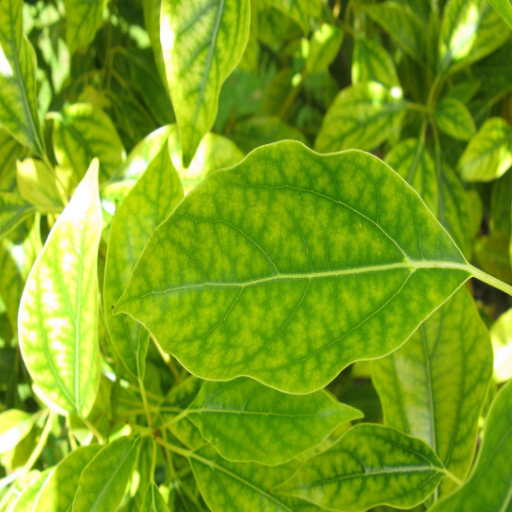
Benefits of Using Epsom Salt
Epsom salt, or Magnesium sulfate (MgSO₄), has many advantages for growing plants because of its nutrient components: magnesium and sulfur. These two elements are very important for a plant’s normal functioning. Magnesium serves as the core of chlorophyll, which is essential in photosynthesis while sulfur aids protein and enzyme synthesis.
- Chlorophyll Production: Magnesium aids in producing greater preferably the formation of chlorophyll. As a result, the plants can develop more greenery and leaves. When using Epsom salt as a foliar spray, a common concentration of 1 teaspoon per gallon is recommended to prevent overuse.
- Magnesium Deficiency: Epsom salt can help with symptoms such as yellowing of leaves with green veins otherwise known as interveinal chlorosis. Soil tests should confirm magnesium levels below 20 ppm for optimal results.
- Nutrient Uptake: Sulfur in Epsom salt can assist in the absorption of other macronutrients: nitrogen and phosphorus. It is helpful for plants that grow slowly due to a lack of nutrients.
- Blossom Development: Tomatoes, peppers, roses flowers, and fruits can benefit from magnesium during the growth phase. A dose of 1-2 tablespoons applied per square foot has shown positive results.
Even though it can serve as an advantage, moderation is important. Unchecked use can lead to salt accumulation which may restrict the root’s ability to absorb calcium and potassium, resulting in nutrient deficiencies. Testing the soil will always determine whether magnesium supplementation is needed and rationalized.
Understanding the Cons of Epsom Salt Application
Epsom salt has proven beneficial for plant growth, but if it is misused or applied in excess, it could cause detrimental effects that require careful management. The most immediate concern is the accumulation of salts in the soil since it can limit the plant’s ability to absorb key nutrients such as potassium and calcium. This nutrient imbalance can prove to be extremely critical regarding the fruit or flowers the plant produces.
Furthermore, magnesium sulfate overuse can drastically alter the soil pH when applying large amounts. Change in soil pH can result in the soil becoming uninhabitable for certain flowers that have a specific pH preference. To mitigate these threats, follow prescribed techniques from primary sources. For example, one or two tablespoons of magnesium should not be placed per square foot more than twice a month during planting season. As mentioned, this is preliminary data and should be confirmed through a soil test which shows magnesium deficiency.
Epsom salt’s effectiveness is also dependent on its combination with a specific soil type along with the corresponding plant’s needs. As an example, sandy soils are more susceptible to leaching and would require careful management as excessive sulfate could exacerbate the nutrient deficiency. On the contrary, clay tends to retain salts which compounds the already existing issue.
To justify the use of Epsom salt, it is necessary to measure the pH, magnesium levels, and sulfur content of the soil using a standardized soil testing kit before any application. This ensures that the supplementation is absolute and avoids any negative effects that stem from faulty or unnecessary applications. Proper testing and moderation are the essence of the sustainable use of Epsom salt in horticulture.
FAQ About Using Epsom Salt for Plants
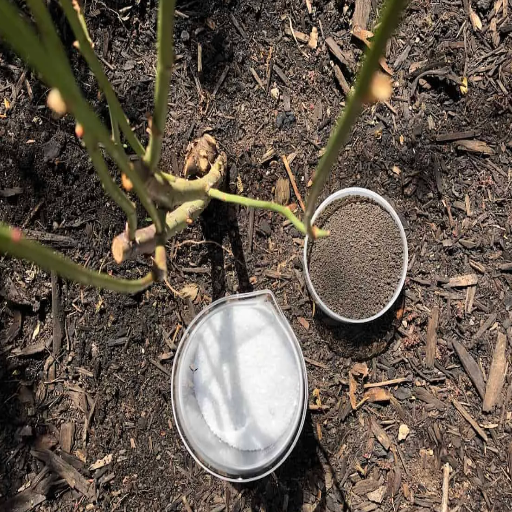
How to Apply Epsom Salt Correctly?
I utilize Epsom salt only after determining the needs of the soil and plant with a soil test. Afterward, I modify the way I apply the salt to make sure it is both safe and effective.
- Dilution for Foliar Spray: Knowing that magnesium deficiency can be dealt with through foliar feeding, I mix 1 tablespoon 15g of Epsom salt with a gallon of water. After mixing, I ensure even application by spraying this solution on the leaves without soaking them.
- Root Zone Application: I add Epsom salt in the root zone by mixing 1 teaspoon of Epsom salt with a gallon of water and watering the area surrounding the plant. This method works well with vegetables like tomatoes and peppers which require high amounts of magnesium.
- Granular Incorporation: For long-term supplementation, I advise lighter mixing when soil tests recommend Epsom salt. Lightly mixing under the top soil level of one square foot prevents excess granule buildup and prevents excessive old soil meth.
I constantly make sure that soil applications do not exceed once a month unless a soil analysis indicates otherwise. This is because excessive sulfate application can occur, potentially harming plants or disrupting soil chemistry. For the best sustainable outcomes, it is necessary to achieve the results through proper calibration.
Is Magnesium Deficiency a Concern?
Magnesium is an essential constituent of chlorophyll and is an invaluable part of the process of photosynthesis. Its deficiency may lead to interveinal chlorosis, stunted growth, and inadequate yield of fruits and vegetables to say the least.
- Ideal Magnesium Levels in Soil: Adequate magnesium levels are typically between 50 to 120 ppm (parts per million) in soil tests. Other concentrations are outside magnesium deficiency or excess which could serve as a warning sign.
- Optimal pH Range: The magnesium concentration is maximally utilized at a soil pH of 6.0 to 6.5. Acidic soils (pH below 5.5) are very problematic for the availability of magnesium.
- Magnesium to Calcium Ratio: The balanced calcium to magnesium ratio in soil tends to be between 4:1 to 8:1 where the soil nutrient conditions are suitable.
- Leaf Tissue Analysis: The healthy level of magnesium concentration of plant tissue is dependent on the crop type, but usually it is around 0.2%–0.4% of the crop dry matter weight.
The health and growth of plants will be enhanced significantly. Therefore, every step should be taken to keep magnesium at satisfactory levels without aggressively overdoing it which can disrupt balance with other nutrients. Regular monitoring and soil testing will be necessary.
General Tips for Home Garden Care
To manage a successful home garden, multiple aspects need to be observed and controlled.
- Magnesium Content: I make sure that soil magnesium does not go below 50 ppm and above 120 ppm, as this range is accurate enough for dirt to not become deficient or excessive. Regular soil tests are key in achieving this.
- Optimum pH Maintenance: I maintain soil pH between 6.0 and 6.5 since magnesium absorption is considerably limited when it goes lower than 5.5.
- Nutrition Moderation: I check the calcium-to-magnesium ratio and aim for it to be between 4:1 to 8:1. This balance is best to achieve proper nutrition for plants.
- Testing of Leaf Tissues: I analyze the leaf tissues from time to time to ensure that magnesium in the plant tissue is between the healthy range of mg 0.2%–0.4% of tissue dry weight. This avoids any upper or lower risk and imbalances that could slow down growth.
Following such instructions and constantly monitoring the situation makes it very easy to ensure the soil health together with the nutrition available, perfectly meets the requirements of the plant and enables strong growth and abundance.
Reference sources
Frequently Asked Questions (FAQs)
Q: What are the potential benefits of using Epsom salt on plants?
A: Epsom salt, as a source of magnesium, can improve plant metabolism and nutrient absorption, which could provide benefits for plants, especially those suffering from low magnesium levels.
Q: How can adding too much Epsom salt affect nutrient balance in the soil?
A: Adding excessive amounts of Epsom salt can disrupt the nutrient balance in the soil, potentially leading to issues such as poor nutrient absorption and inhibited crop growth.
Q: Are there specific plants that suffer from too much Epsom salt application?
A: Yes, specific plants like tomato seedlings and other magnesium-deficient crops may suffer from excessive amounts of Epsom salt, as it can lead to nutrient imbalances and hinder new growth.
Q: Can Epsom salt be used as an organic fertilizer?
A: Epsom salt can be considered an organic fertilizer due to its natural composition and potential benefits for plants, but it should be used in moderation to avoid negative effects.
Q: What is the recommended amount of Epsom salt for plant fertilization?
A: The recommended amount varies depending on the crop species and specific plant needs, but generally, small amounts are advised to avoid large quantities that can harm plant health.
Q: How does Epsom salt play a crucial role in crop yield?
A: By providing magnesium, Epsom salt plays a crucial role in enhancing crop yield through improved nutrient absorption and balanced plant metabolism.
Q: Can Epsom salt be used to drench the soil for better results?
A: Yes, Epsom salt can be used as a soil drench to directly supply magnesium to the roots, but care should be taken not to overapply, ensuring sufficient magnesium without disrupting soil balance.
Q: Is there empirical evidence supporting the use of Epsom salt in gardening?
A: While some growers report positive outcomes, empirical evidence on Epsom salt’s effectiveness varies, with some studies indicating benefits for magnesium-deficient conditions among the four major crop species.
Q: Can Epsom salt act as a pest deterrent?
A: Epsom salt may help deter certain pests due to its chemical properties, but it should not be relied upon as the sole method of pest control.
Q: How should Epsom salt be used for seedlings in a 72-cell tray setup?
A: For a 72-cell tray, use minimal amounts of Epsom salt to support nutrient absorption without overwhelming the young seedlings, ensuring balanced fertilization practices.

